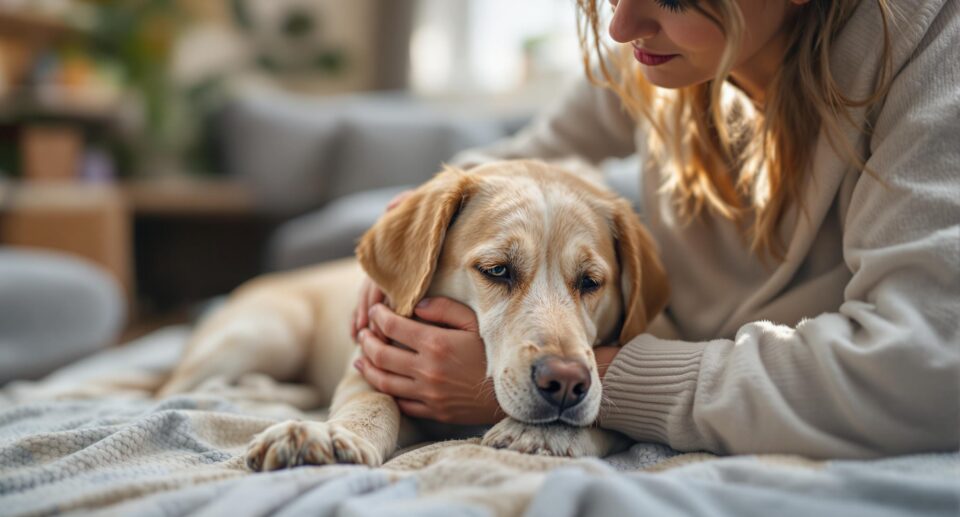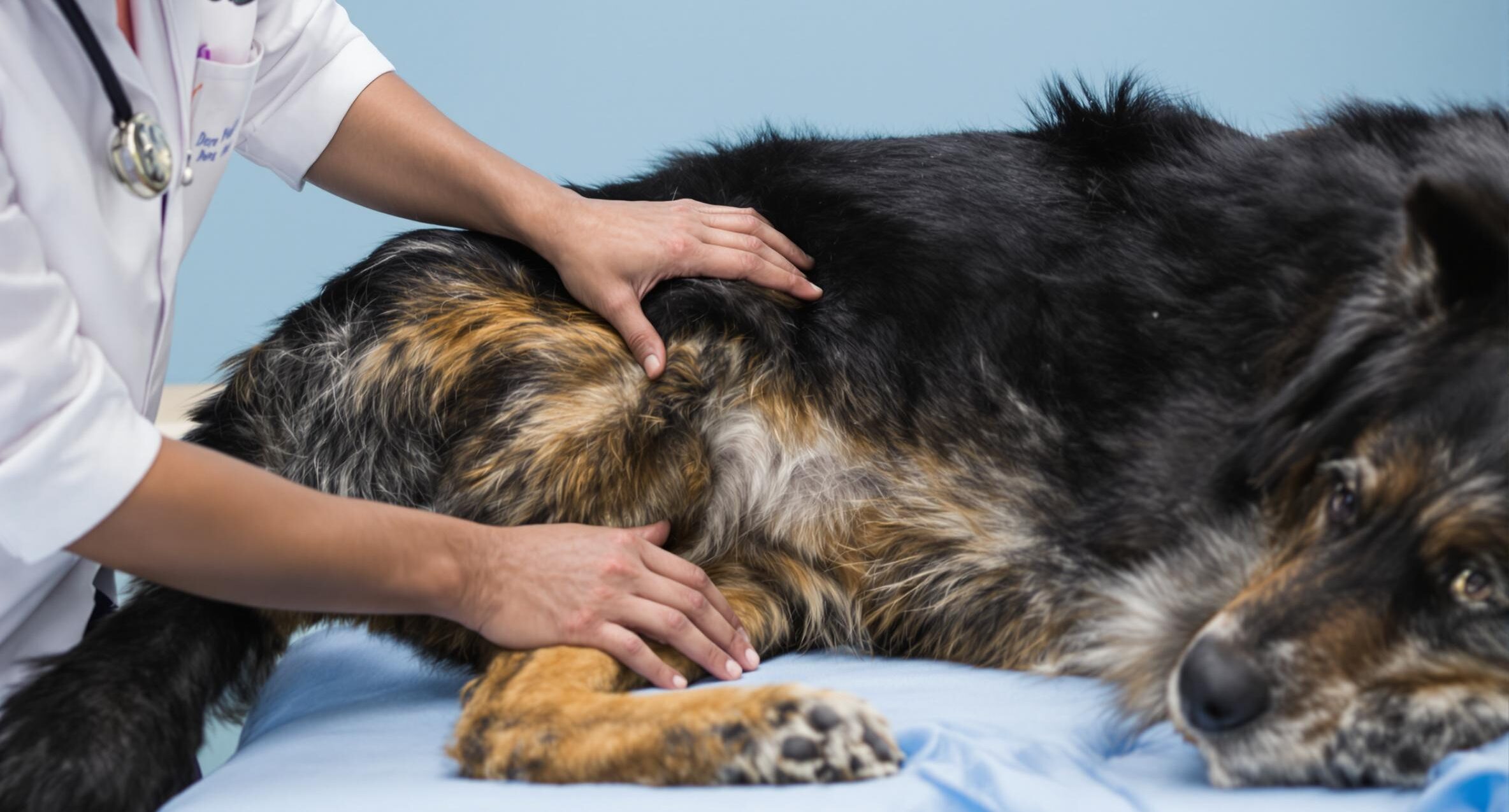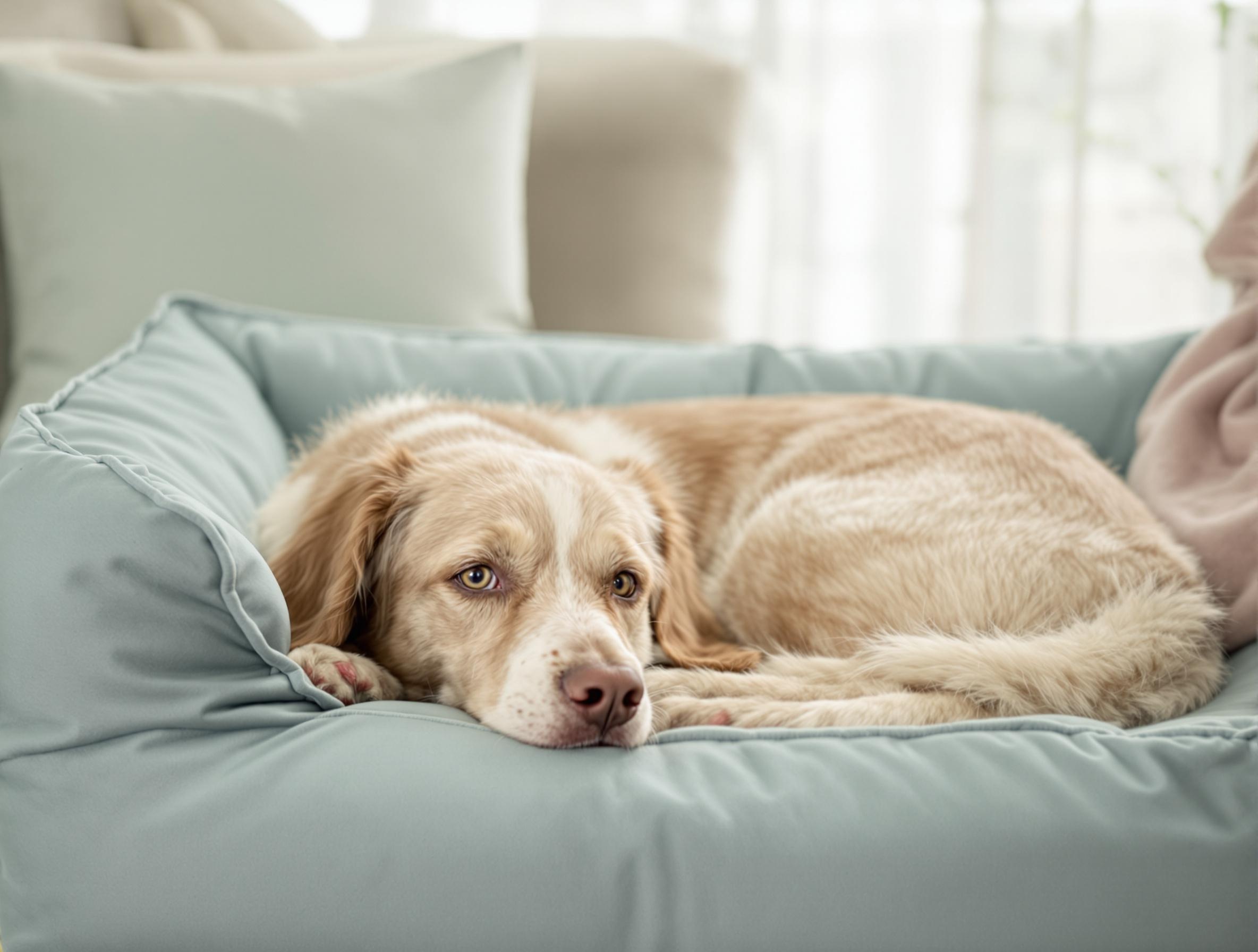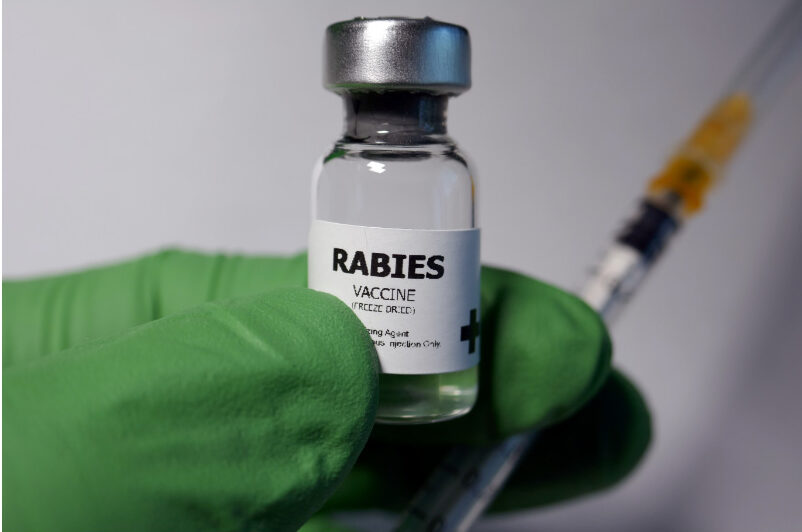
Key Takeaways
- Skin tags are typically harmless, but any new growth or change in appearance should be evaluated by your veterinarian to rule out more serious conditions. Early diagnosis offers the best outcomes.
- Routine grooming helps you spot skin tags early, especially around friction zones like collars, armpits, and the chest. Keeping a photo log of any skin changes makes vet consultations easier and more accurate.
- Never try to remove skin tags at home, as this can lead to infection or injury. Your vet can guide you through safe treatment options tailored to your dog’s comfort and health.
If you have ever noticed a strange bump on your dog’s skin, there is no need to be alarmed. These soft, fleshy growths often found on the neck, chest, or legs are known as skin tags. While they may look concerning, they are usually harmless and tend to become more common as dogs age.
Staying informed about your dog’s skin health can help you feel more at ease. PetHealthMD offers expert-backed information that empowers pet parents to monitor and manage their dog’s skin with confidence and care. Still, when it comes to diagnosing or treating any growth, your veterinarian remains your most reliable partner.
Why Dogs Get Skin Tags
Skin tags are often the result of repeated friction or rubbing, particularly in areas where collars, harnesses, or skin folds create extra pressure. They are fairly common in dogs, especially as they age, and in most cases, they are nothing to worry about. Still, knowing the reasons behind their development helps you make more informed decisions and spot changes that could need a vet’s attention.
Some possible causes of skin tags include:
- Movement and rubbing from collars, harnesses, or skin folds creating friction
- Breeds like Cocker Spaniels and Schnauzers having a higher predisposition
- Aging, as mature and senior pets are more prone to benign growths
- Weight changes that increase friction between skin folds
- Natural hormonal shifts that may influence skin cell growth
Remember, while skin tags are usually nothing to worry about, regular check-ups with your veterinarian help maintain your dog’s skin health and catch any concerns early.
Identifying and Assessing Skin Tags
Now that you know what causes skin tags, it is equally important to understand how to monitor them. Keeping a close eye on any growths can help you tell the difference between a harmless skin tag and something that might need attention.
How to monitor skin tags:
- Examine the shape and texture. Skin tags appear as small, flesh-colored growths attached by a narrow stalk.
- Document any changes. Healthy growths maintain consistent size and color. Take photos to track variations.
- Observe your dog’s behavior. Normal skin tags do not cause discomfort during grooming.
- Record the location and number. Map where growths appear, especially where collars or harnesses make contact.
- Watch for warning signs. Bleeding, oozing, or sudden changes signal a vet visit.
- Schedule regular check-ups. A veterinary assessment confirms diagnosis and discusses safe removal options.
For additional grooming essentials, visit the Grooming category.
Always have your veterinarian examine anything suspicious. Their expertise is essential to rule out more serious conditions.
Safe Removal and Treatment Options
Professional veterinary care provides several safe treatment options for dog skin tags. Your vet will start by examining the growth to confirm whether it is a harmless skin tag or another type of skin condition needing different care.
Common removal methods include:
- Gentle surgical removal with numbing medication
- Cryotherapy using cold temperatures for smaller growths
- Ligation, performed only by licensed veterinarians
If the growth is not affecting your dog’s comfort or movement, watchful waiting may be best. Avoid home remedies, as they may cause complications.
To support overall skin health, explore vet-recommended Skin and Coat Supplements.
Tips to Prevent Skin Tags in Dogs
While you cannot always stop skin tags from forming, building healthy routines makes a real difference. Simple daily care helps you spot issues early.
Helpful habits:
- Brush your dog’s coat 2 to 3 times weekly.
- Check skin folds and creases during grooming.
- Dry your dog thoroughly after baths or swimming.
- Choose a well-fitted collar and harness.
- Feed a balanced diet with skin-healthy nutrients.
- Help your dog maintain a healthy weight.
Frequently Asked Questions
When should I be concerned about my dog’s skin tag?
Monitor for changes in color, rapid growth, bleeding, or irritation. Taking photos can make tracking easier.
How can I tell if it is a skin tag or something else?
Skin tags are soft, smooth growths attached by a narrow stalk. If you are uncertain, your veterinarian can diagnose the bump.
Should skin tags be removed?
Not always. If they are irritated or interfering with your dog’s daily life, your vet may recommend removal.
How can I monitor my dog’s skin tags at home?
Groom regularly, feeling for new bumps or changes. Keep a journal or photos to document what you notice.
Stay on Top of Your Dog’s Skin Health
Keeping up with a regular care routine is one of the best ways to protect your dog’s skin health and strengthen your bond. When you track changes like new bumps, color shifts, or irritation, you are helping your veterinarian catch anything out of the ordinary early.
Ready to stay ahead of common skin concerns? Get trusted health info at PetHealthMD, and find vet-recommended supplies from PetMeds. If something seems off, contact your veterinarian for expert guidance and timely care.





